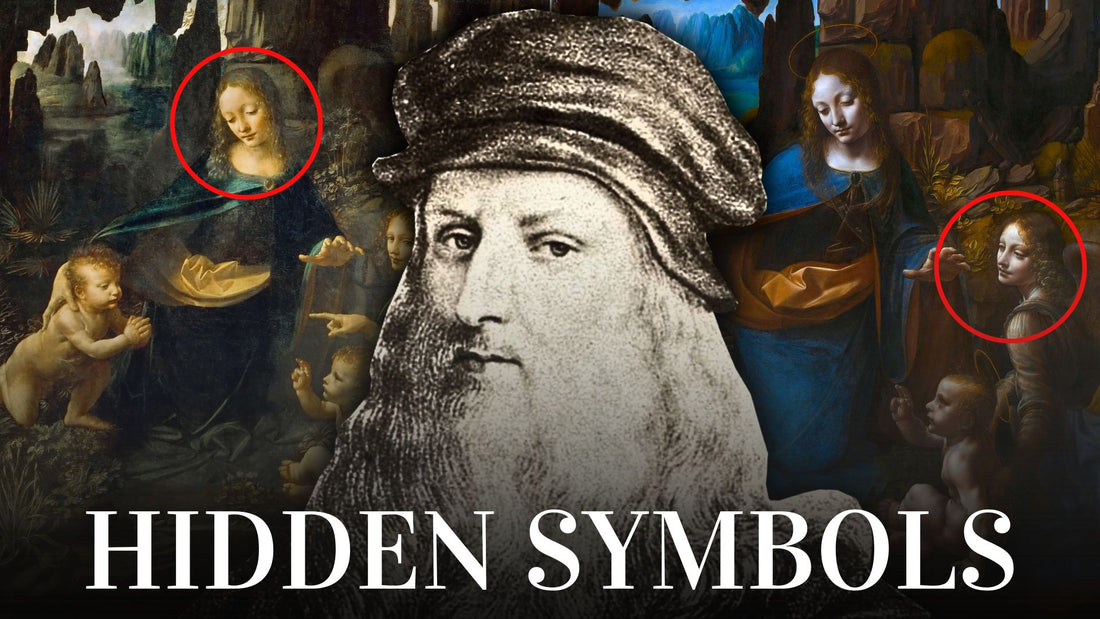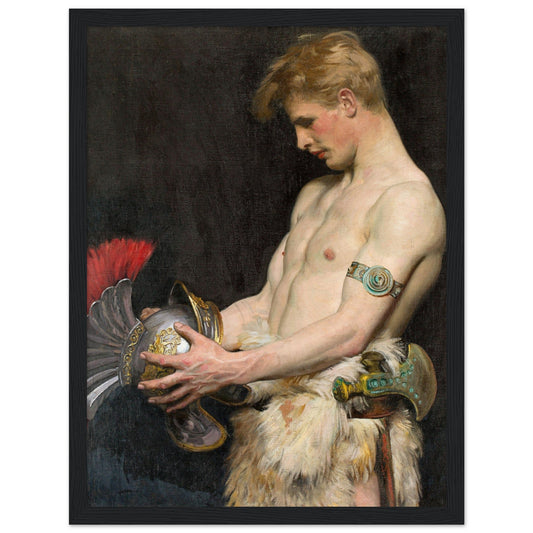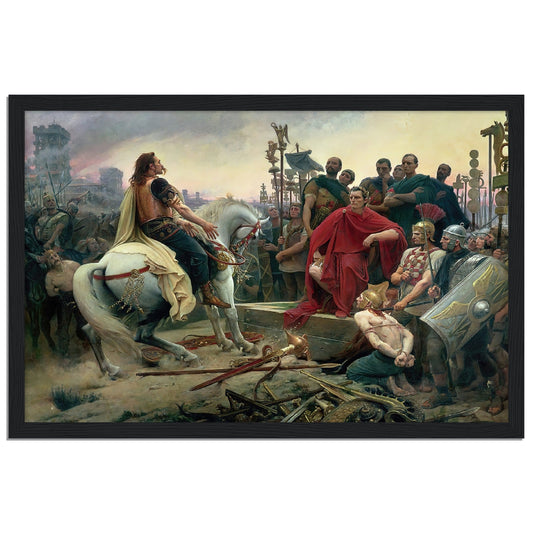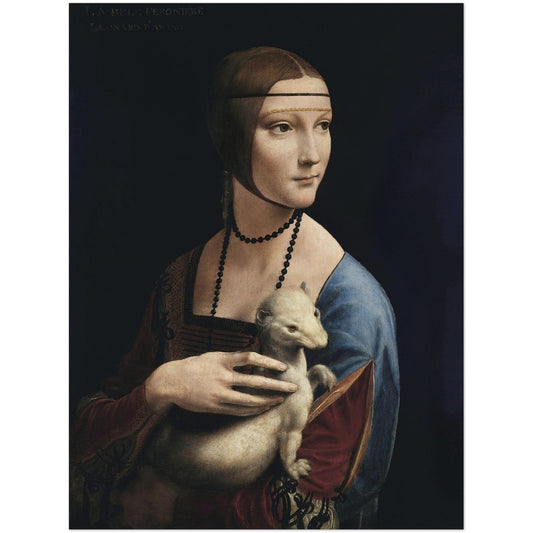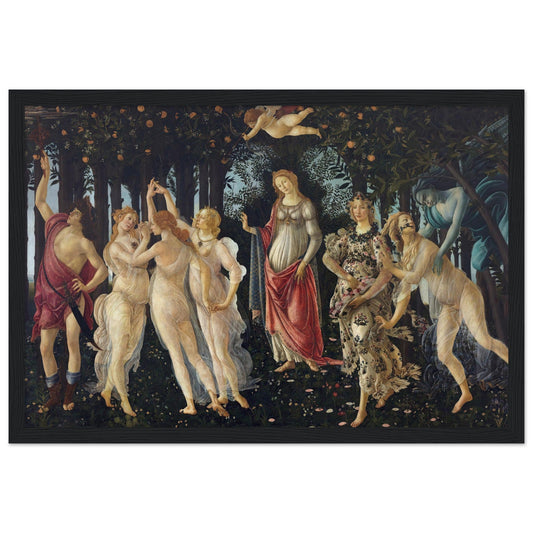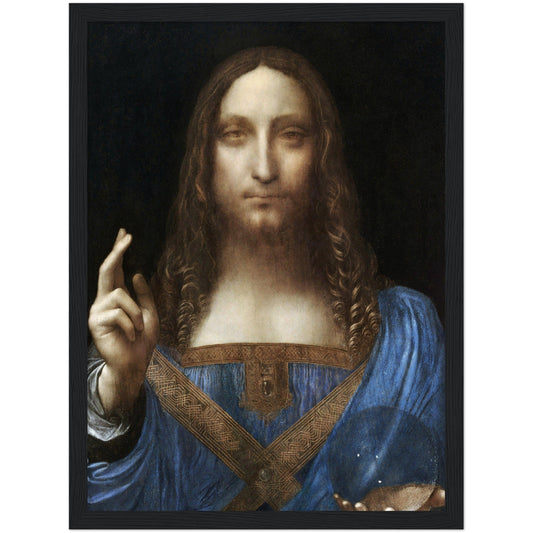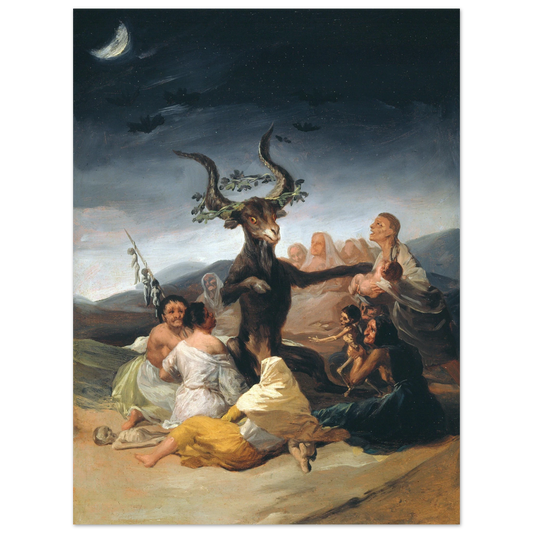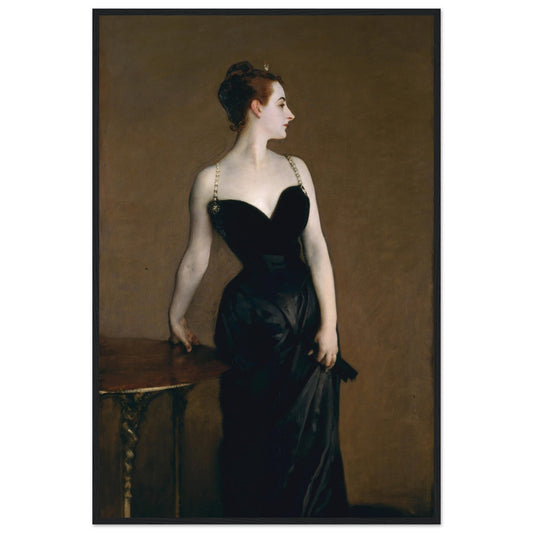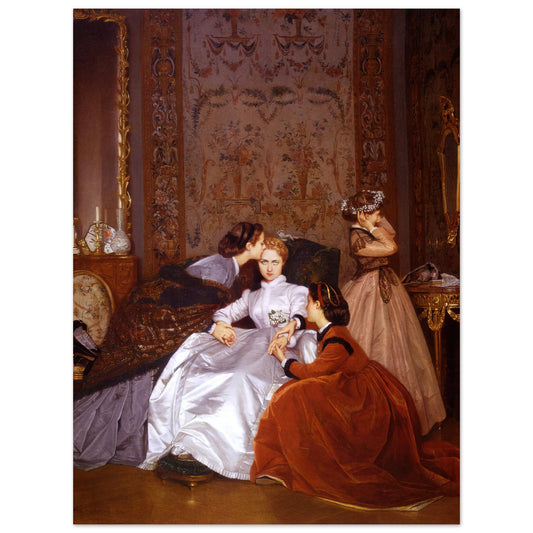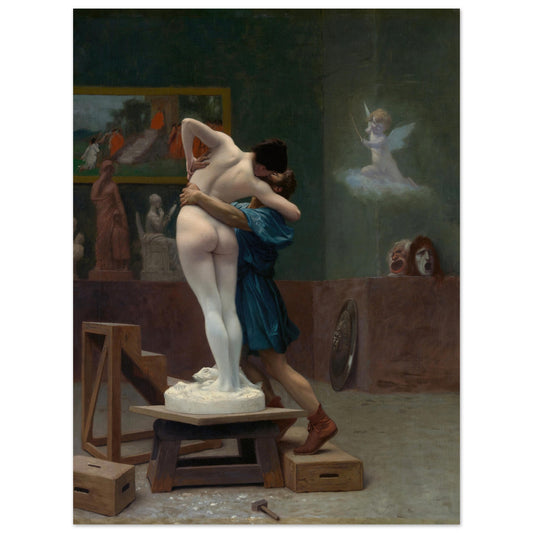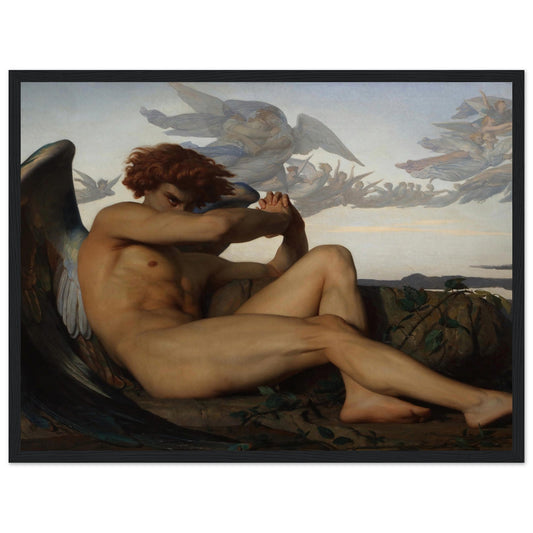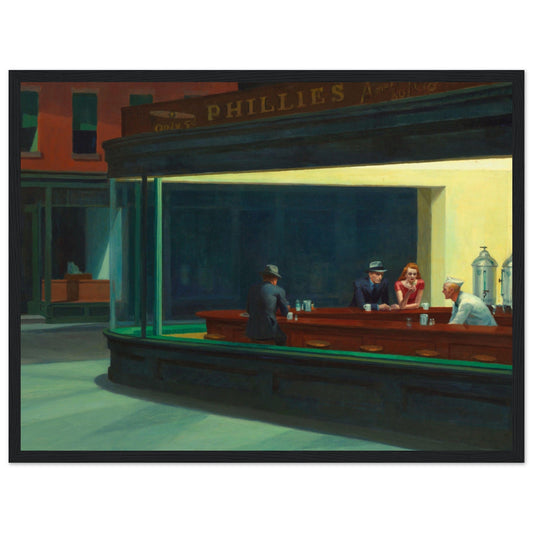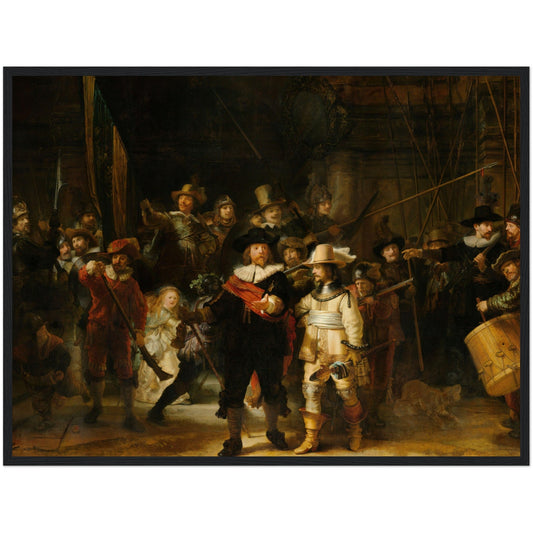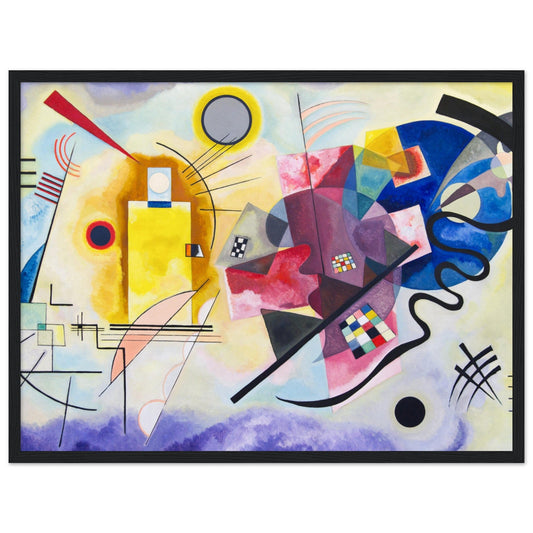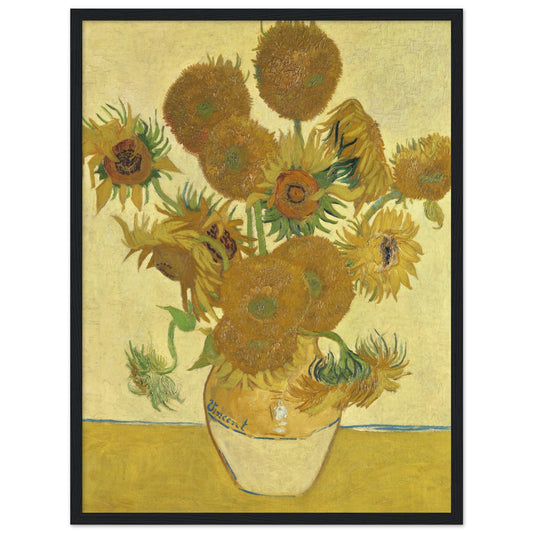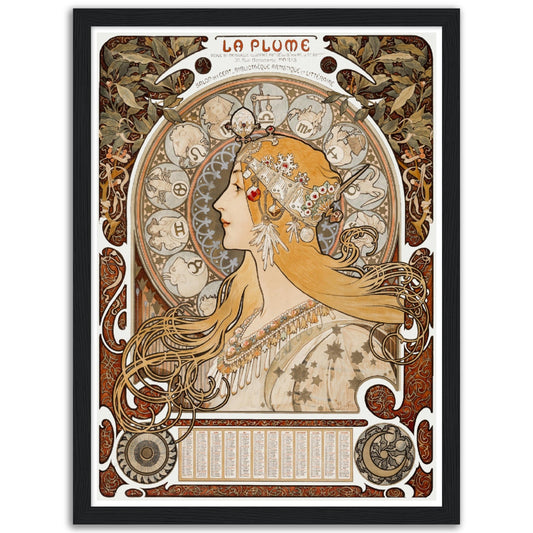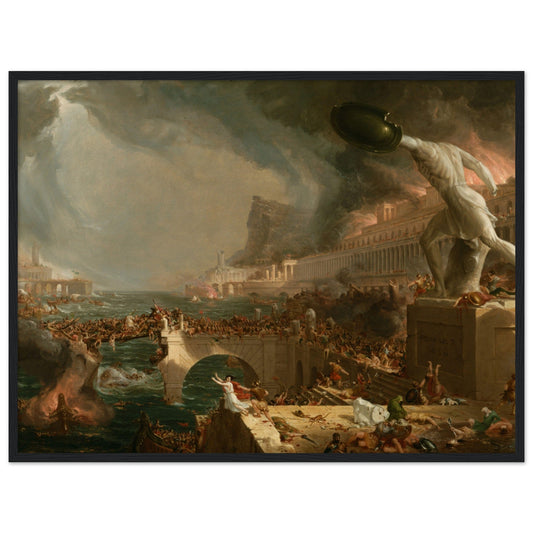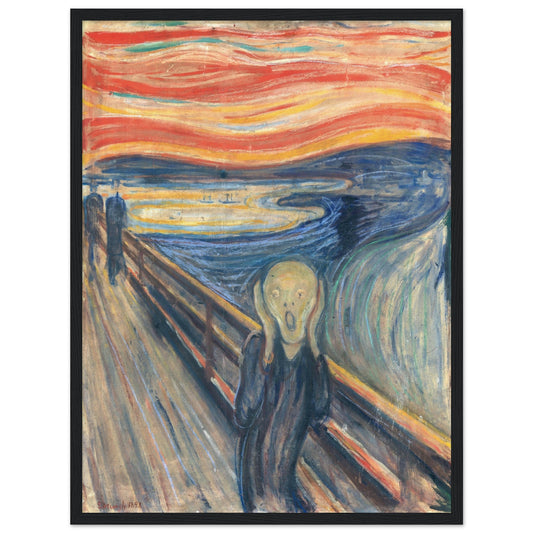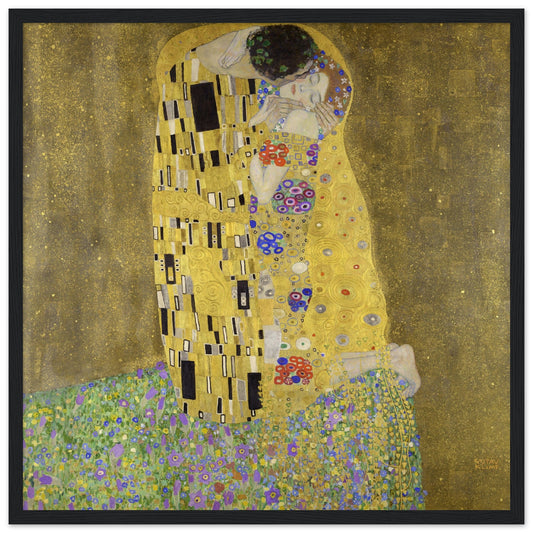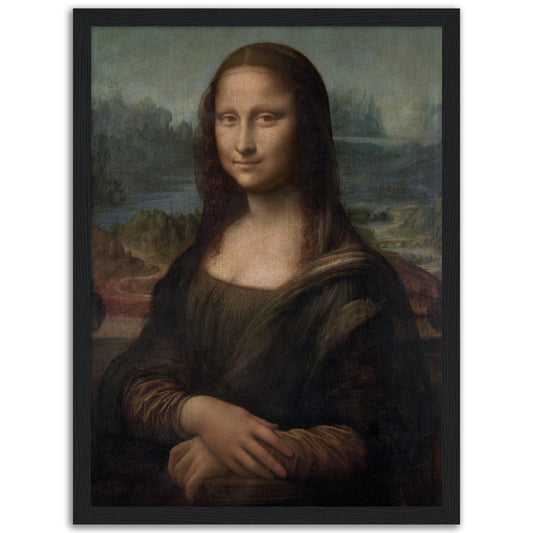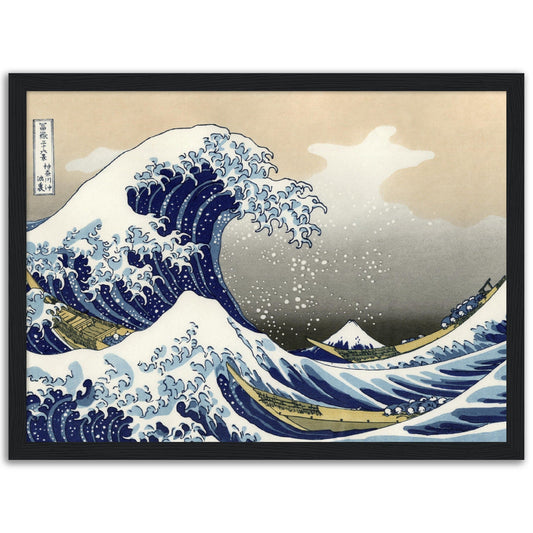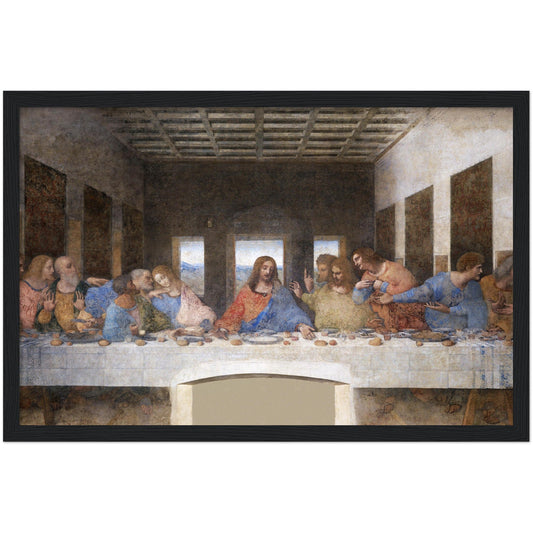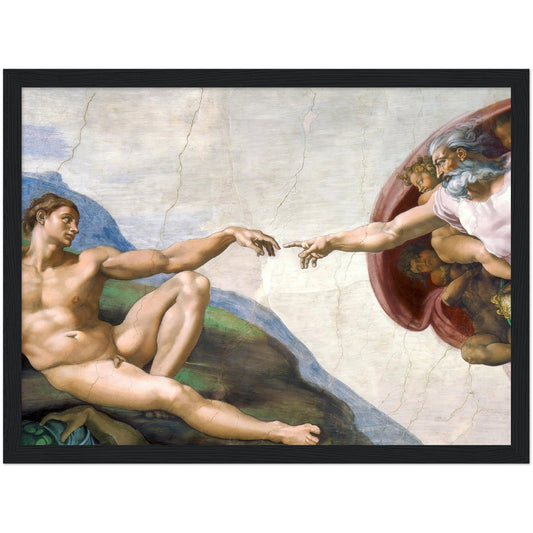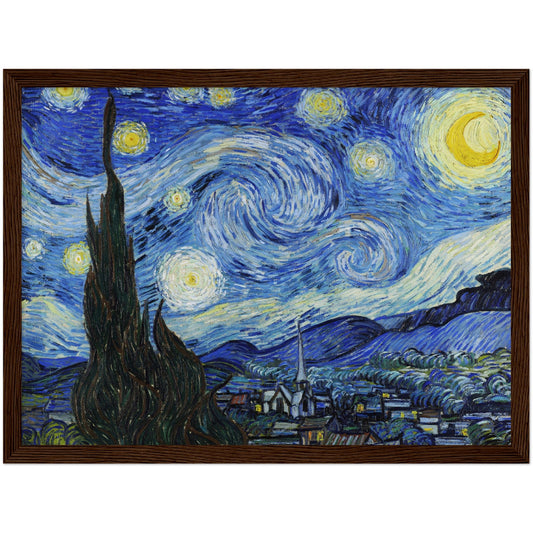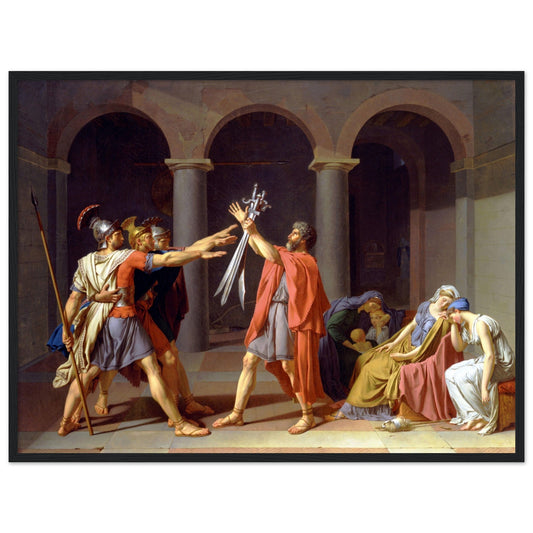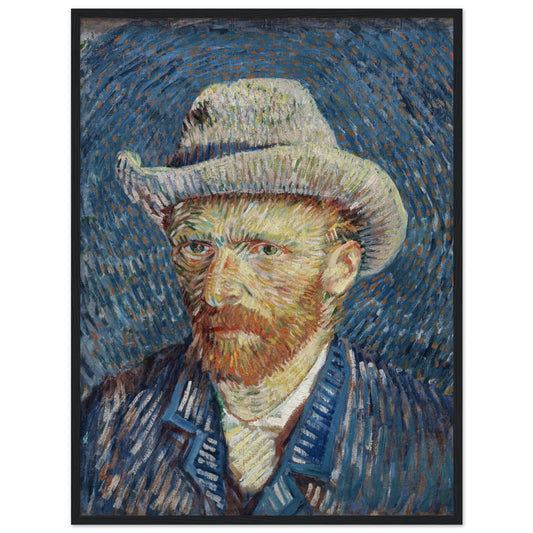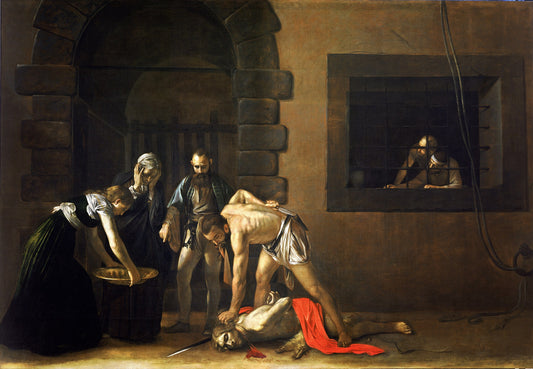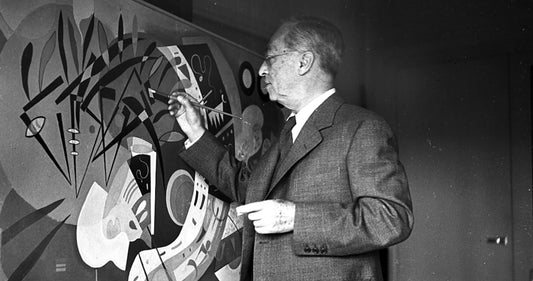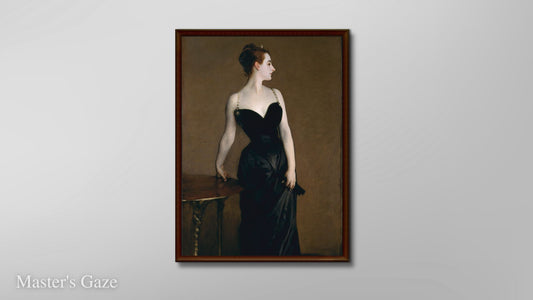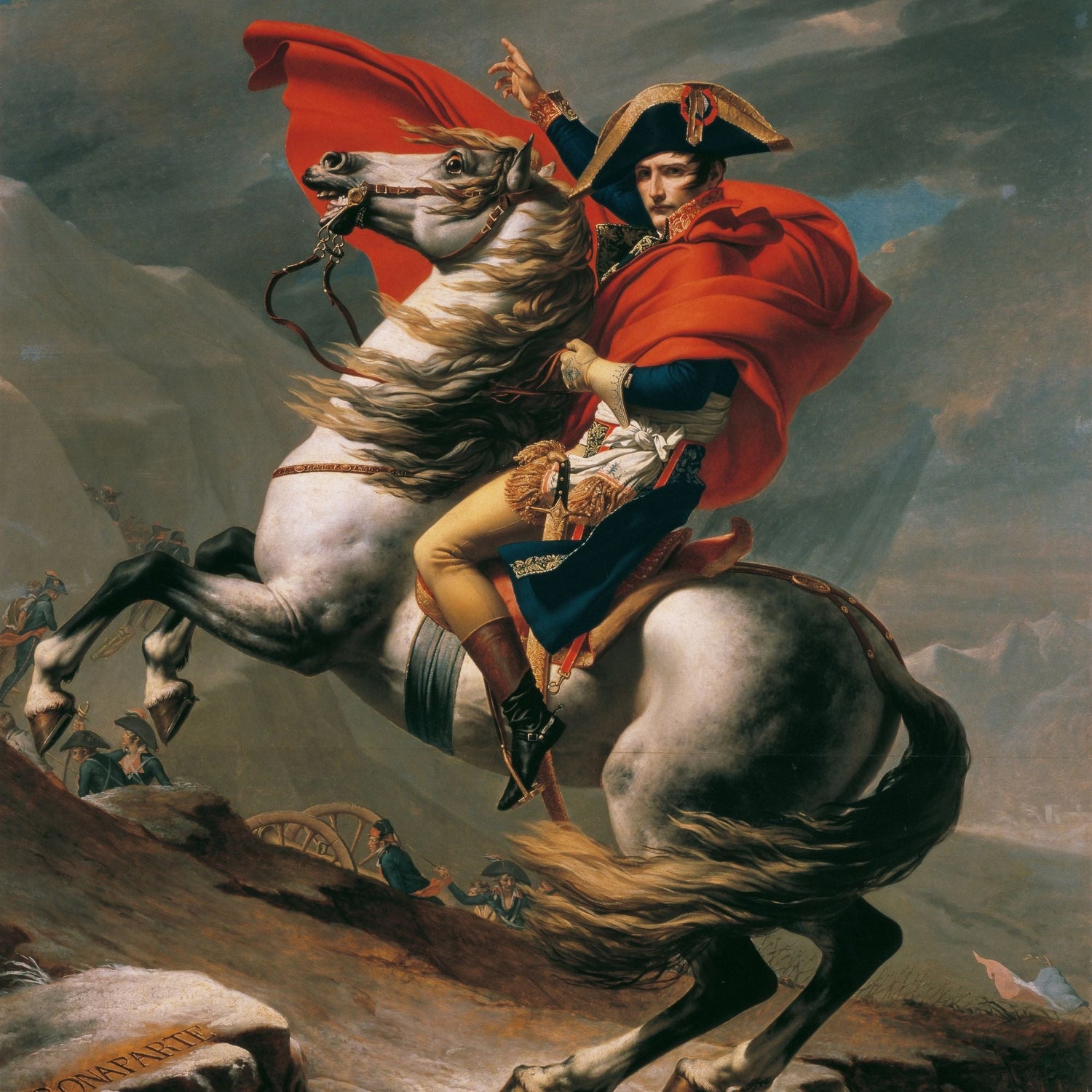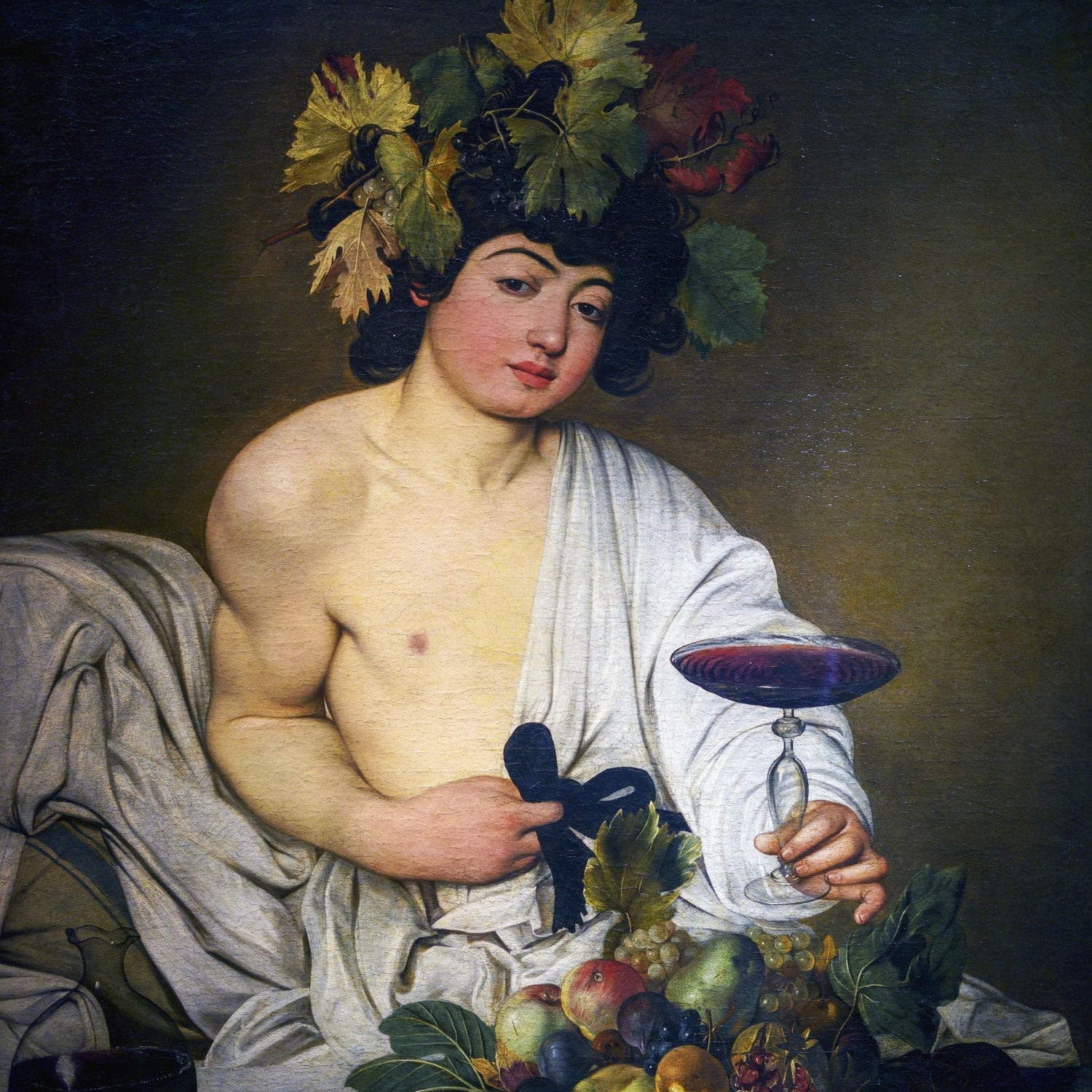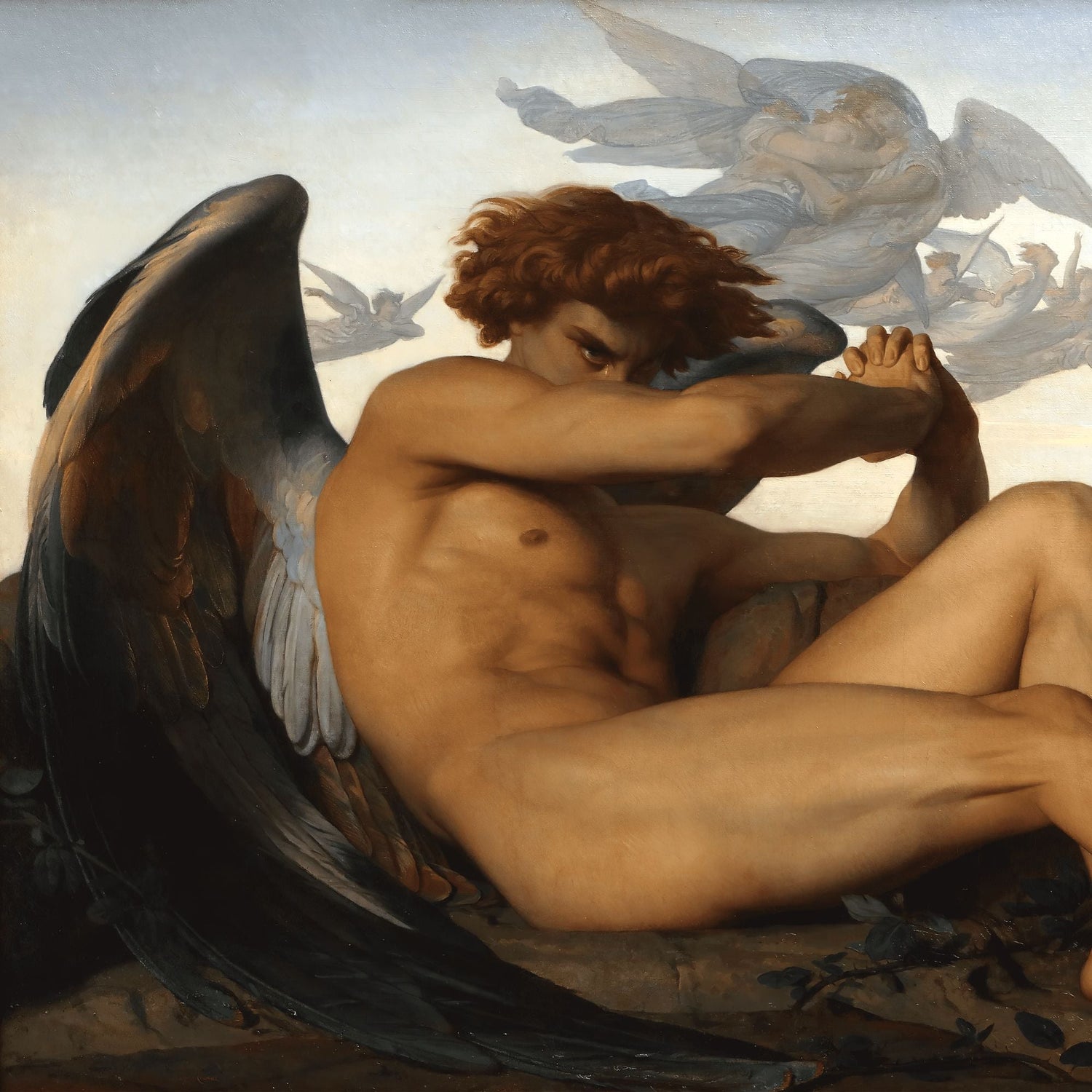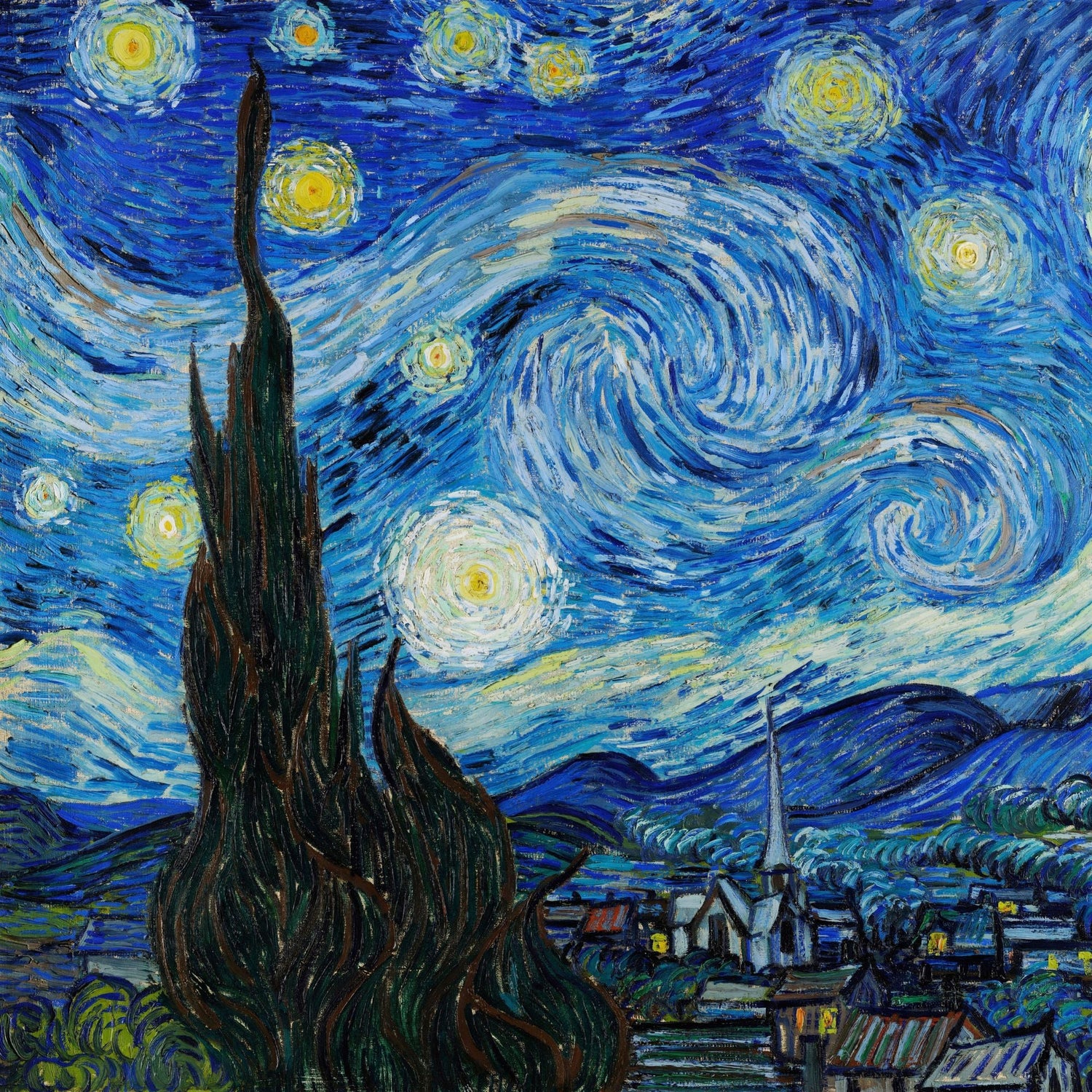The Virgin of the Rocks is a painting by Leonardo da Vinci. In reality there are two versions. Similar in composition, but with important differences.
Why are there two versions of the same painting? Why is this scene set in a humble cave? What are the symbols of this painting?
Watch the full video here:
Table of Contents:
- Two Versions
- The Commission
- The Dispute
- Hypothesis
- Context
- Similarities
- Differences
- Symbology
- Hidden Symbol
Two Versions
The version generally considered the prime version, the earlier of the two, is unrestored and hangs in the Louvre in Paris. The other, which was restored, hangs in the National Gallery, London.
Although the date of an associated commission is documented, the complete histories of the two paintings are unknown, leading to speculation about which of the two is earlier.

The Virgin of the Rocks in the Louvre is considered by most art historians to be the earliest of the two and dates from around 1483–1486. The first certain record of this picture dates from 1625 when it was in the French royal collection.
The London version is also attributed to Leonardo da Vinci and is believed to have been made around 1508.
Parts of the painting, the flowers in particular, indicate the collaboration and have led to speculation that the work is entirely by other hands. A close inspection of the painting during the recent restoration between 2008 and 2010 has led the conservators from the National Gallery to conclude that the greater part of the work is by the hand of Leonardo, but debate continues.
It was painted for the church of San Francesco Maggiore in Milan. It was sold by the church, very likely in 1781, and certainly by 1785, when it was bought by Gavin Hamilton, who took it to England. After passing through various collections, it was bought by the National Gallery in 1880.
The Commission
Leonardo was commissioned to paint The Virgin of the Rocks shortly after his move to Milan in the early 1480s. Having established his painting career in Florence, Leonardo had moved to search for new opportunities, which he found at the church of S. Francesco Grande. On 25th April 1483, Prior Bartolomeo Scoreline contracted Leonardo to produce painted panels for the new altarpiece in the Chapel of the Immaculate Conception that was attached to the church. Leonardo was contracted as the “master” of the project with brothers Ambrogio and Evangelista de Predis as his assistants.
The artists were instructed on the colours and subject of the paintings. The central panel was to be of the Virgin Mary and Christ child with two prophets, perhaps David and Isaiah, surrounded by angels. Another panel was to show the Virgin Mary with God the panels to the side of the main painting were to contain angelic musicians.
As can be seen when looking at both versions of the painting, Leonardo did not stick to the instructions. Only one angel is present in the scene and there are no prophets except for the child John the Baptist. The church was not happy with the work Leonardo had produced by the completion deadline, therefore, he continued to work on it for a further five years until they were satisfied. Unfortunately, there was also a dispute over payment.
The Dispute
We said that due to the contractual breach linked to the subject, the Brotherhood contested the painting considering it unfinished. More precise studies, based on archive documents relating to the legal dispute between the artists and their clients, have allowed us to outline a different story.
In a plea to the Duke of Milan, Leonardo da Vinci and Ambrogio de Predis requested that the work should be paid more than the initially agreed amount as the construction, especially due to the complex gilded and carved altarpiece, would have been much more laborious and expensive .
The artists therefore asked for an adjustment of 100 ducats for the central painting, but were only offered 25.
They then proposed that "art experts" be appointed who would judge the work or resell it to interested clients.
The dispute between Leonardo and the Brotherhood thus dragged on for many years and was closed in 1506 by a sentence with which the work was officially declared "unfinished". Leonardo was required to complete it within two years, but he was granted an allowance.
Two versions
There is no certain information on the second version, neither when he began producing it, nor who the client was.
Some theories say that the first version was sold to a client because Leonardo needed money, and that the second was made for the church as per the contract.
Other theories say that the first version was ultimately accepted by the church because it was appreciated by the public and that Leonardo was allowed to make a second copy for the king of France.
In this hypothesis, the first version would therefore be the one today in the National Gallery, in which there could also be the hand of the De Predis in the background and in the baby Jesus which appears of lower quality than the Louvre version. The second version would have been created for the King of France who had certainly been able to see the first version after his occupation of Milan, it would therefore be the Louvre version, which is in fact much more complete and homogeneous.
Context
The subject of the two paintings is the adoration of the Christ child by the infant John the Baptist. This subject relates to a non-Biblical event which became part of the medieval tradition of the holy family’s journey into Egypt. The Gospel of Matthew relates that Joseph, the husband of Mary, was warned in a dream that King Herod would attempt to kill the child Jesus, and that he was to take the child and his mother and flee to safety. According to legend, John was escorted to Egypt by the Archangel Uriel, and met the holy family on the road.
Similarities
The two paintings of the Virgin of the Rocks, are the same in subject matter and in overall composition, indicating that one is derivative of the other. The two paintings differ in compositional details, in colour, in lighting and in the handling of the paint.
Both paintings show a grouping of four figures, the Virgin Mary, the Christ child, the infant John the Baptist and an angel arranged into a triangular composition within the painting and set against a background of rocks, and a distant landscape of mountains and water. In both paintings, Mary makes the apex of the pyramidal figure group, stretching one hand to include John and raising the other above the head of the Christ child in a blessing. John kneels, gazing towards the Christ child with his hands together in an attitude of prayer. The Christ child sits towards the front of the painting, supported by the angel, and raising his right hand in a sign of Benediction towards the kneeling John.
Differences
Compositionally, all the figures are slightly larger in the London painting than in the Louvre painting. The main compositional difference between the two paintings is that while in the London painting the angel's right hand rests on his/her knee, in the Louvre painting the hand is raised, the index finger pointing at John. The eyes of the angel are turned down in a contemplative manner in the London painting, but in the Louvre picture are turned to gaze in the general direction of the viewer.
In the London painting, all the forms are more defined, including the bodily forms of the clothed figures. The rocks are painted in meticulous detail, while the forms of the background in the painting in the Louvre are all more hazy.
The contrast between light and shade on the figures and faces in the London painting are all much sharper. The faces and forms in the Louvre painting are more delicately painted and subtly blurred by sfumato. The lighting in the Louvre painting is softer and appears warmer.
Another difference is in the colouring of the robes, particularly those of the angel. The London painting contains no red, while in the Louvre painting, the angel is robed in bright red and green, with the robes arranged differently from those of the angel in London. The London version contains traditional attributes missing from the Louvre version, the haloes and John's traditional cruciform reed staff.
The details of the flowers are also quite different in the two paintings, with those in the Louvre painting being botanically accurate, and those in the London painting being fanciful creations.
Symbology
The cave represents the maternal womb, the place of rebirth and the passage into the afterlife. The rock is closely related to Christ's mission on earth, source and purifying drink of the soul. The Virgin is portrayed in her role as protector of mother and nurse. The angel points to John the Baptist in prayer, messenger of the Redemption, which will be accomplished through Baptism and the sacrifice of Christ. The finger pointing upwards indicates the superior and otherworldly dimension to which Jesus is predestined. Furthermore, Leonardo, as can be seen from various passages in his writings, was fascinated by the image of the "cave": from a scientific or geological point of view, but above all as the interior of the earth, underground nature or subnature, "receptacle of geological life, of movements enormous in space and time that constitute its secret".
Hydden Symbol
Hidden within both paintings lies a small and previously overlooked detail that, once noticed, transforms the scene into something far more intricate and controversial than the serene image of a holy nativity.
Just above Mary’s right hand: the seemingly innocent palm tree, whose spreading fronds are crafted in a manner that seems to precisely echo the contours of an open scallop shell.
To grasp the nature of this intricate symbol we must first delve into the backstory of Leonardo’s vision.
Many art historians believe that Leonardo's vision was influenced by his memory of a mountain excursion during which he found himself wandering among gloomy rocks. "I came to the mouth of a great cavern, in front of which I stood for some time, astonished. Bending back and forth, I tried to see if I could discover anything inside, but the darkness within prevented that. Suddenly there arose in me two contrary emotions, fear and desire – fear of the threatening dark cave, desire to see whether there were any marvelous things within."
Driven to enter, Leonardo's curiosity was rewarded with the discovery of a fossilized whale and a trove of ancient seashells whose intricate geometric patterns he would later immortalize in his notebooks.
Over time, the perplexing presence of "oysters and corals and various other shells and sea snails" on "the high summits of mountains," far from the sea, consumed the artist's imagination.
Leonardo came to believe and confided in his journal, was evidence that Alpine peaks were once submerged beneath the seas. Thus, the Earth was much older and shaped by violent cataclysms and seismic upheavals over an extended period (not merely formed by the smooth hand of God in a handful of days) than the Church was willing to acknowledge.
Leonardo was a dab hand at inserting iconographically meaningful flora in his works; the primrose we see beneath the hand that Christ raises to bless John, for example, would have been recognised by contemporaries as an emblem of the saviour’s sinlessness.
Taken at face value, the palm could likewise easily be dismissed as nothing more than a simple and straightforward foreshadow of the palm fronds that will be thrown before Christ on his entry into Jerusalem on the Sunday before his crucifixion.
The palms that radiate outwards in the tree’s flaring fans are identical to the spokes found inside a scallop shell – a symbol associated not only with Mary, but specifically with the doctrine of her Immaculate Conception.
A painting by the Italian master Piero della Francesca, a contemporary of Leonardo’s, illustrates the well-established connection between Mary and the scallop. In the so-called Brera Madonna, a shell-like dome hovers protectively in the apse behind Mary while a pearl-like egg dangles down, completing the iconography and suggesting that Mary’s fertility is as miraculous as the mystical manufacturing of pearls, which were then thought to grow supernaturally from a drop of purest dew.

Where, you might reasonably ask, is the pearl in the Virgin of the Rocks, if the palm tree is really a double-sign that merges into the symbolism of a pearl-bearing scallop? In fact, Leonardo has given us 20. At the precise centre of both paintings, is a polished brooch that keeps Mary’s cloak from slipping off her shoulders. Surrounding the central stone in that clasp is a halo of 20 dazzling pearls. If you doubt that this clutch of sparkling seastones is intended to be connected with the palm that yawns an arm’s length away, follow the trajectory of Mary’s outstretched cloak hem, which leads our eyes directly from the constellation of pearls to the open palm of the scallop.
When it came time for Leonardo to revisit the subject for the second version, every type of plant initially depicted in the Paris painting is replaced with another kind of foliage. Except for the palm tree.

Though simplified and more stylised in the later painting, the palmate fronds in fact come to resemble even more closely the fluted grooves that radiate from the hinge of a scallop. The decision to equip the infant John the Baptist with a cross, only amplifies the profile of the palm within the narrative of the London painting. The collision of the tilting cross with the palm, against which it appears to rest, prefigures the brutal bolting of Christ’s own palms onto the cross during crucifixion.
Leonardo’s determination to create such a subversive symbol (not once, but twice) suggests just how important it was for him to bear witness, however subtle or encoded, to the beautifully blasphemous truth of nature.
